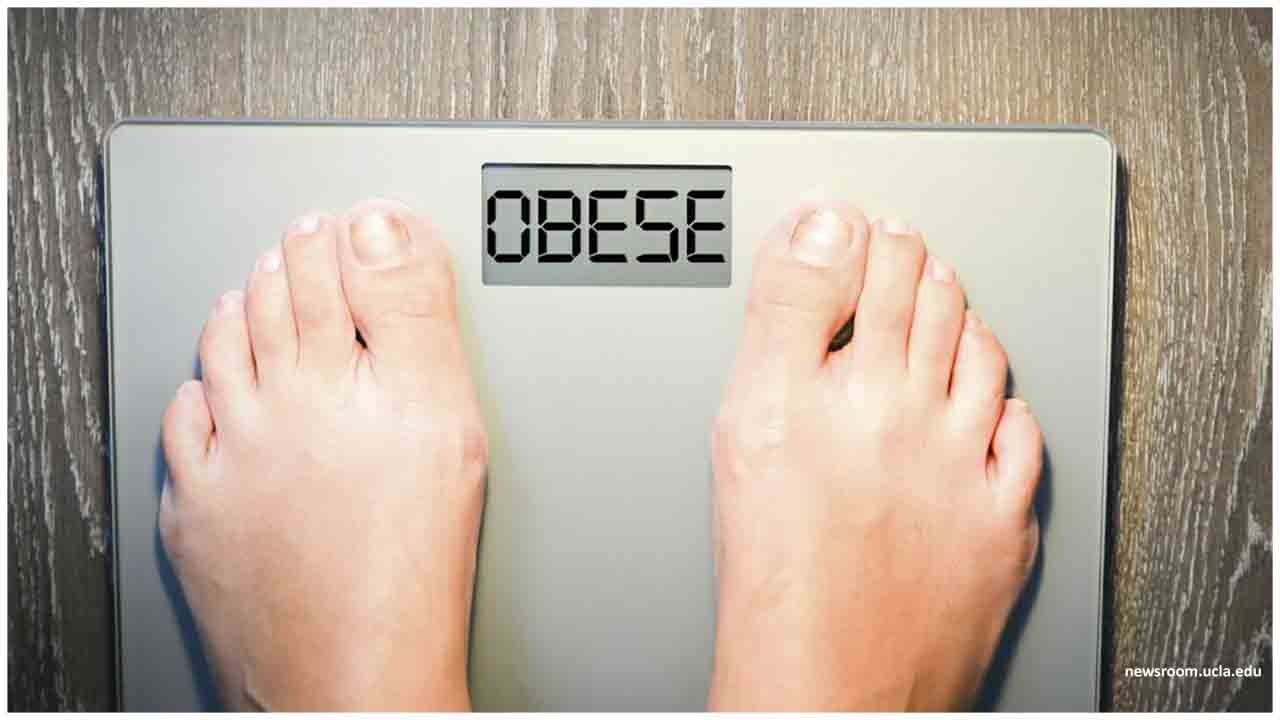An analysis conducted by François Pattou, Professor of Surgery at the Faculty of Medicine of the University of Lille, and head of the Department of General and Endocrine Surgery at Lille University Hospital, France, and colleagues included 124 intensive care unit (ICU) admissions with COVID-19, and compared them with 306 patients who had been in ICU for other reasons, without COVID-19.
The data showed that among ICU patients with COVID-19, around half had obesity (BMI above 30), with a quarter having severe obesity (BMI of 35 or above).
Most of the remaining patients (around 40%) were overweight, with only around 10% of patients in the healthy weight range (BMI 25 or under). Among the non-COVID-19 ICU patients, the story was very different: a quarter had obesity or severe obesity; a further quarter was overweight, and around half fell into the healthy weight range.
A similar trend emerged regarding which ICU patients with COVID-19 had to be put on ventilators. Of the 89 requiring mechanical ventilation, more than half had obesity or severe obesity, while most of the other patients were overweight.
Patients with a BMI in the healthy range of 25 and under made up less than 10% of patients needing a ventilator. Among the 35 patients in ICU who did not deteriorate to the point of needing mechanical ventilation, a much lower proportion had obesity or serious obesity (less than 25%), while around half fell into the overweight category, and the other quarter the normal weight range.
The data show that the chances of increasing to more severe disease increase with BMI, to the point where almost all intensive care COVID-19 patients with severe obesity will end up on a ventilator. Analysis by Pattou and colleagues showed that, among the patients analyzed at Lille University Hospital, ICU patients with COVID-19 were almost 3 times more likely to have obesity than ICU patients without COVID-19.

 Data clearly show the more serious trajectory of COVID-19 disease in people with obesity
Data clearly show the more serious trajectory of COVID-19 disease in people with obesity






.png)
.png)











.jpeg)







.jpg)




.jpg)





.jpeg)